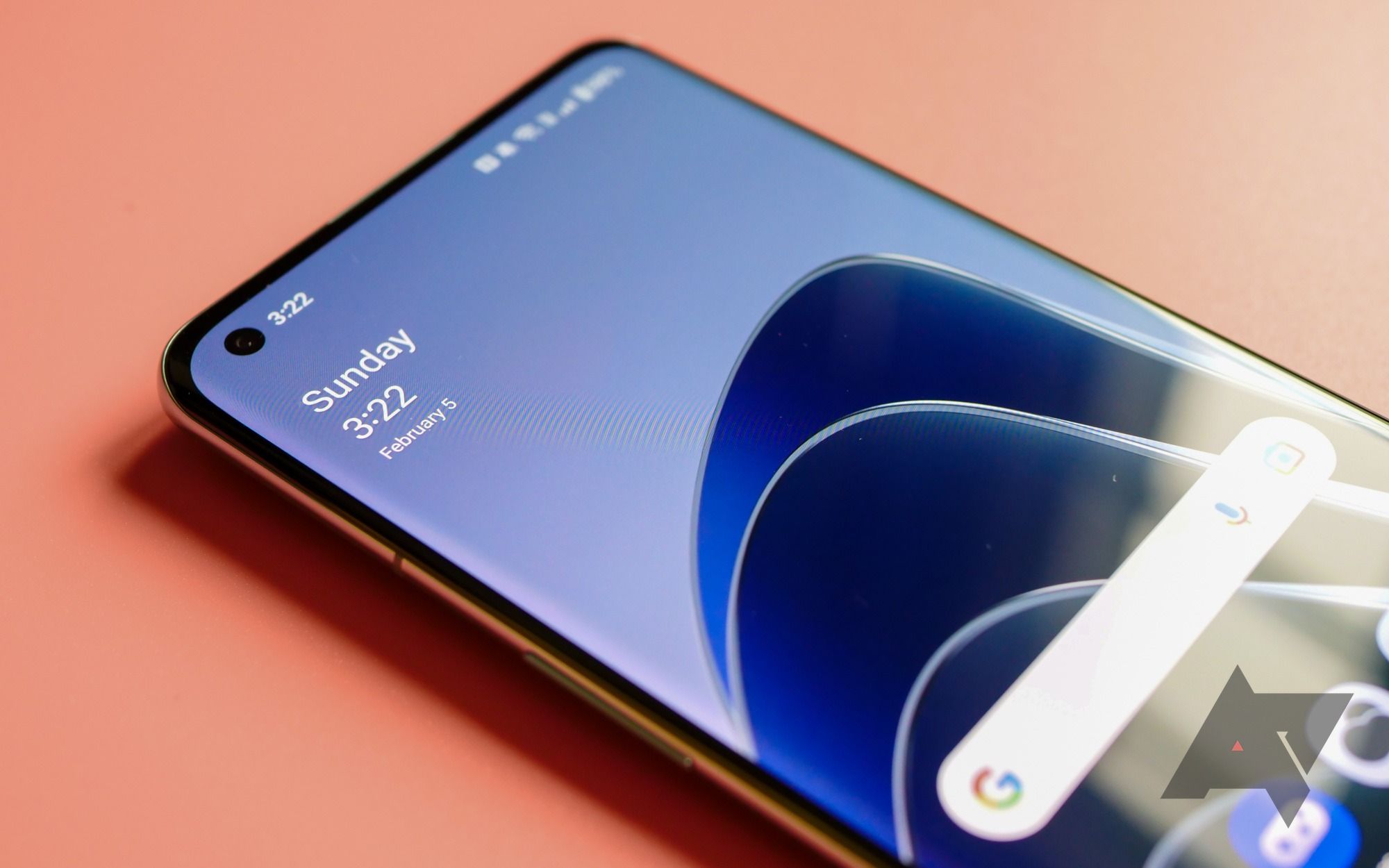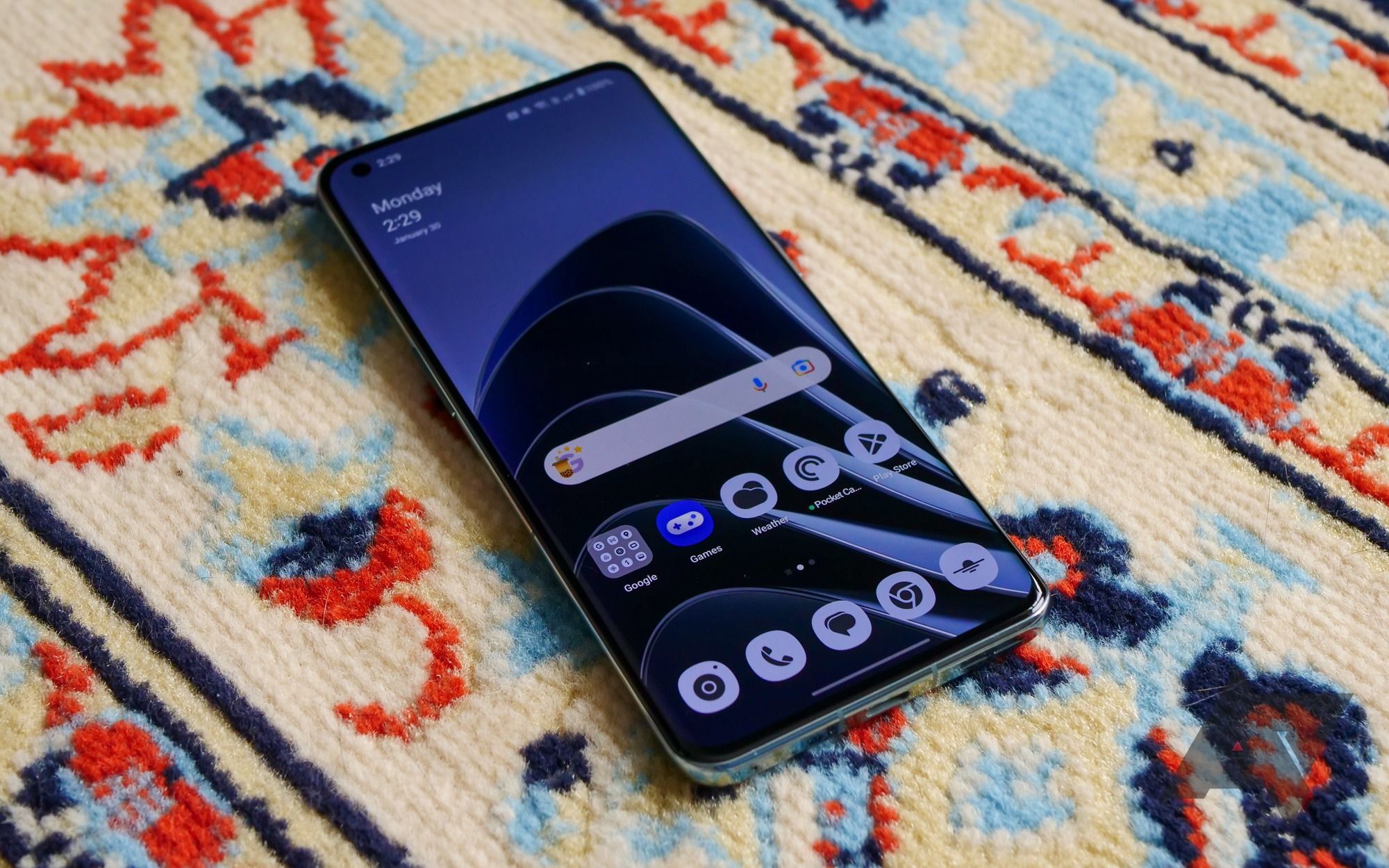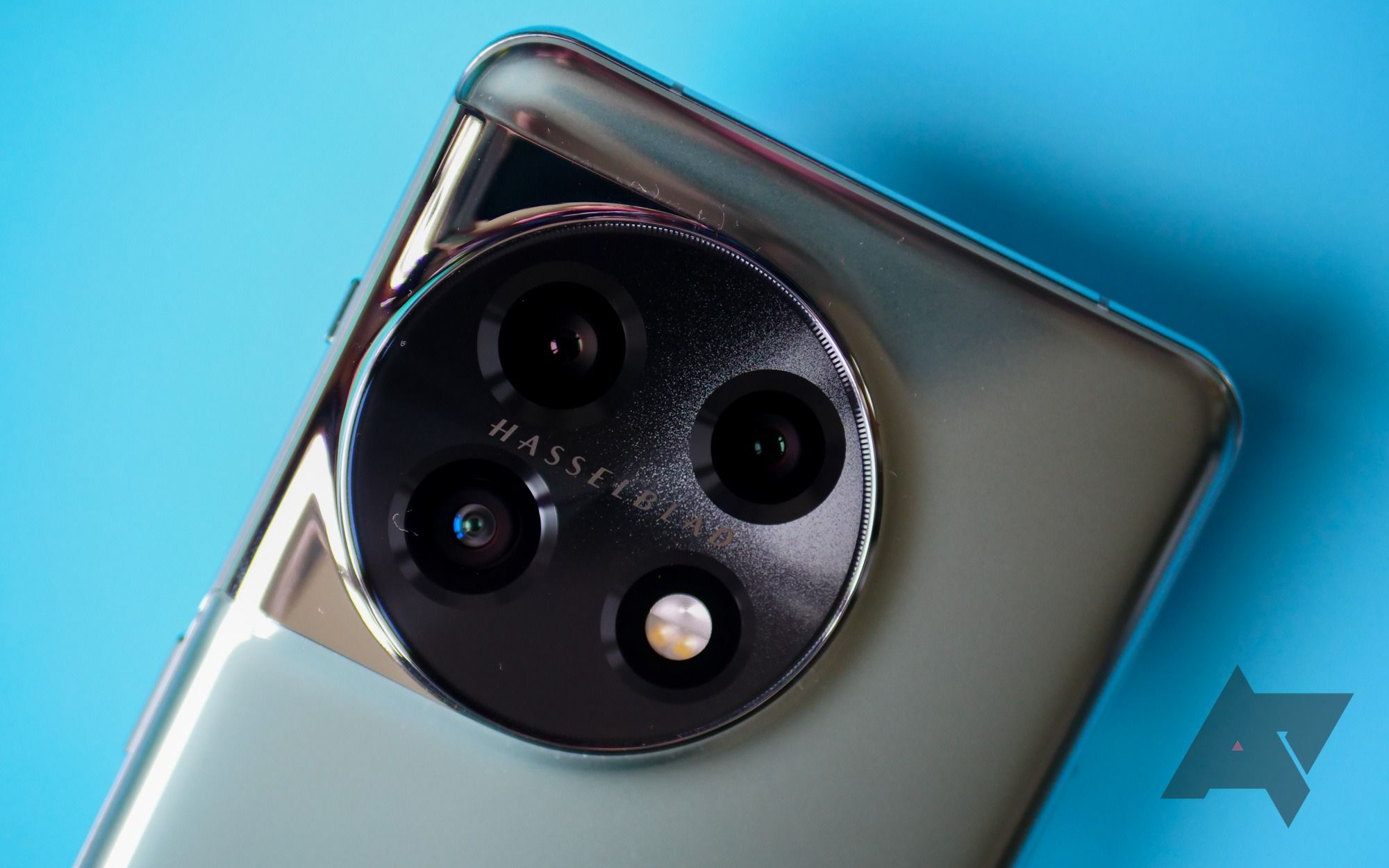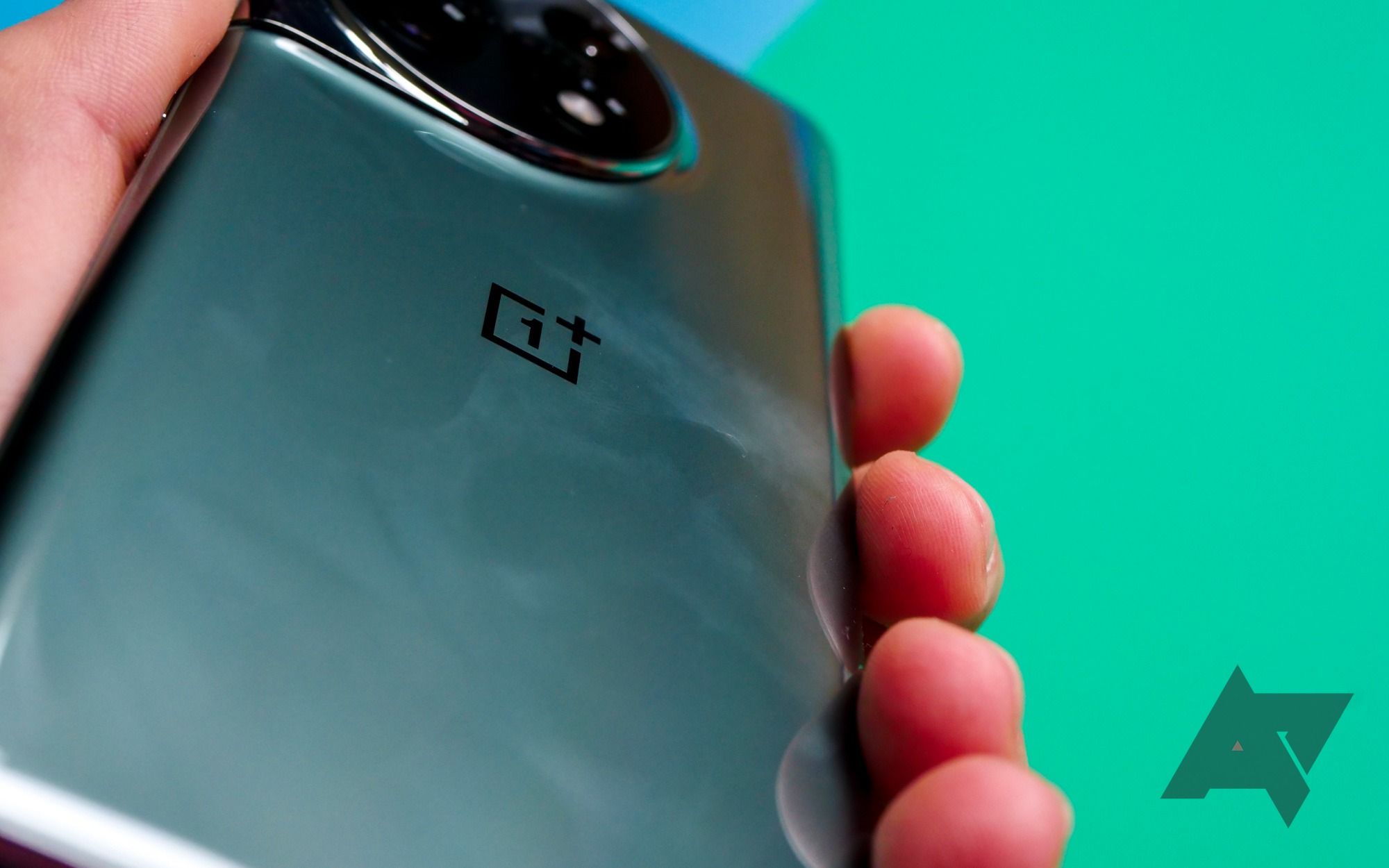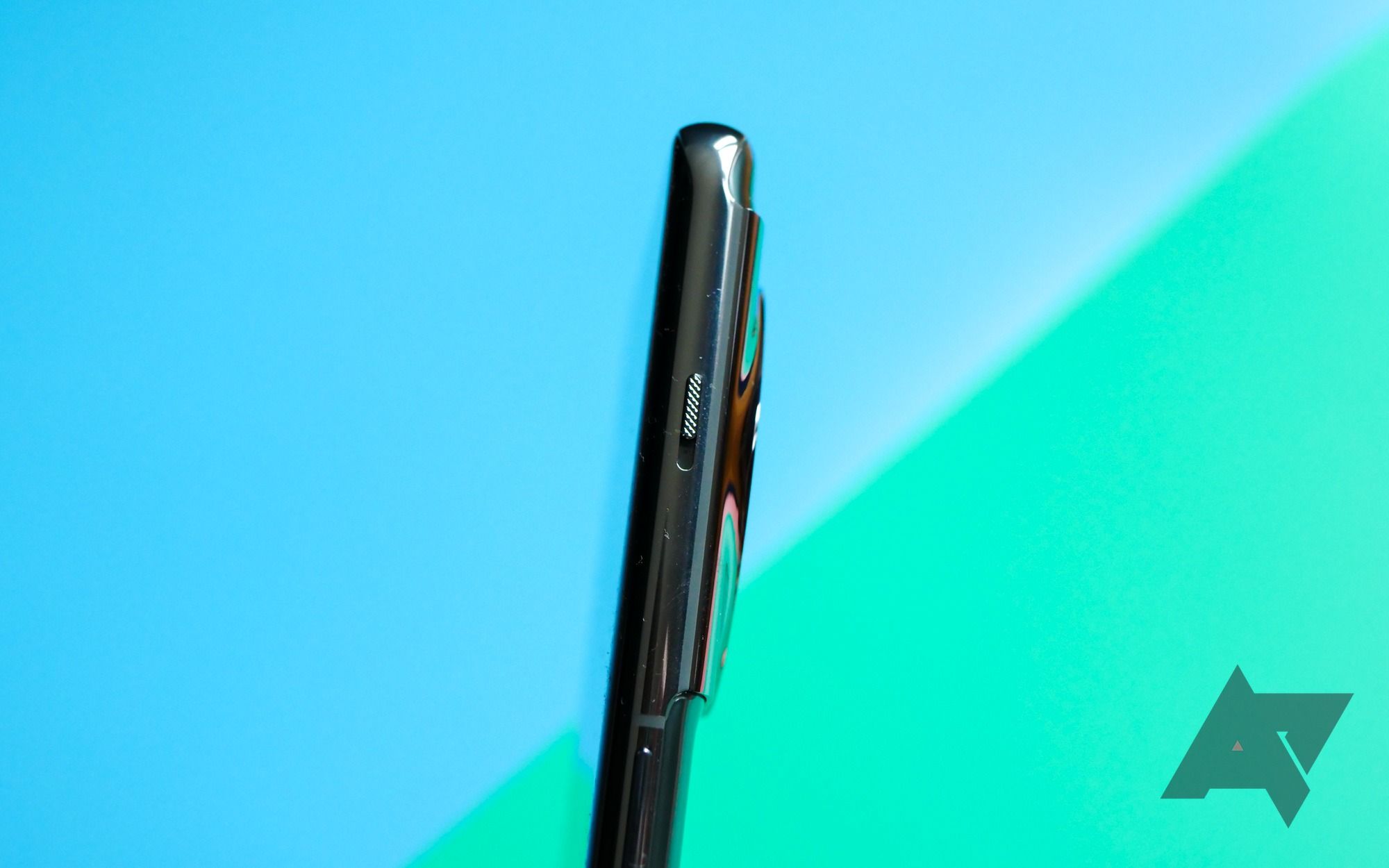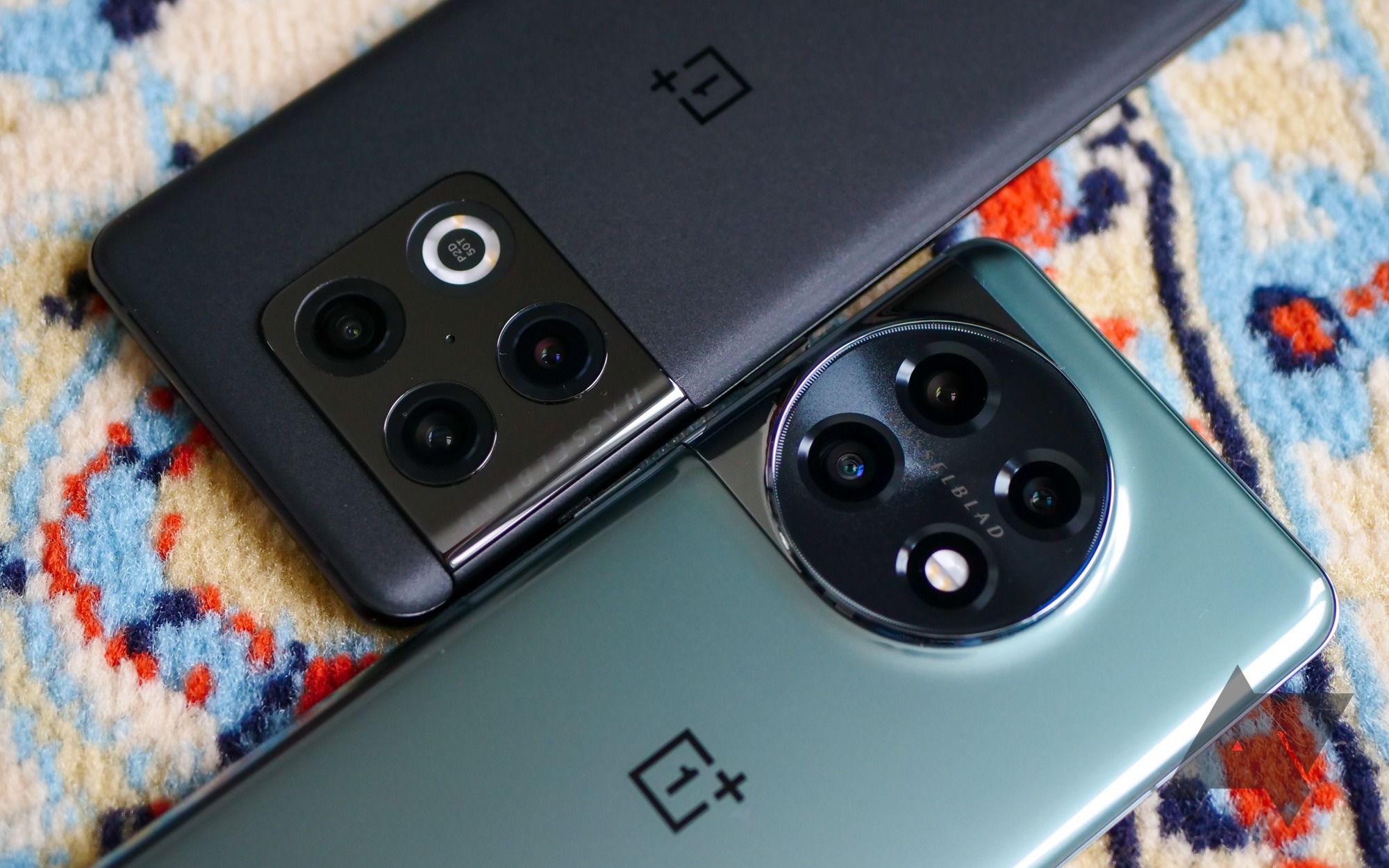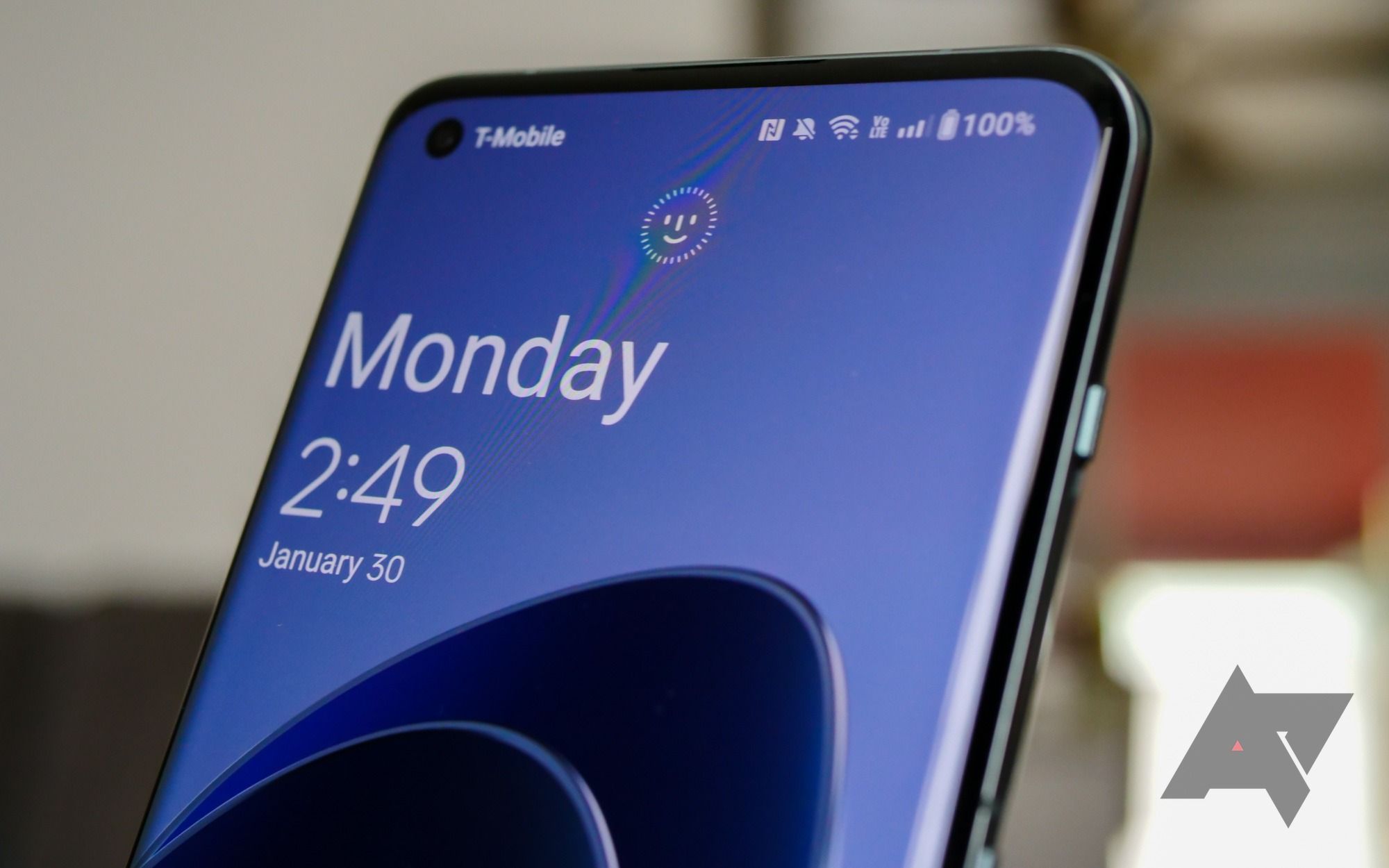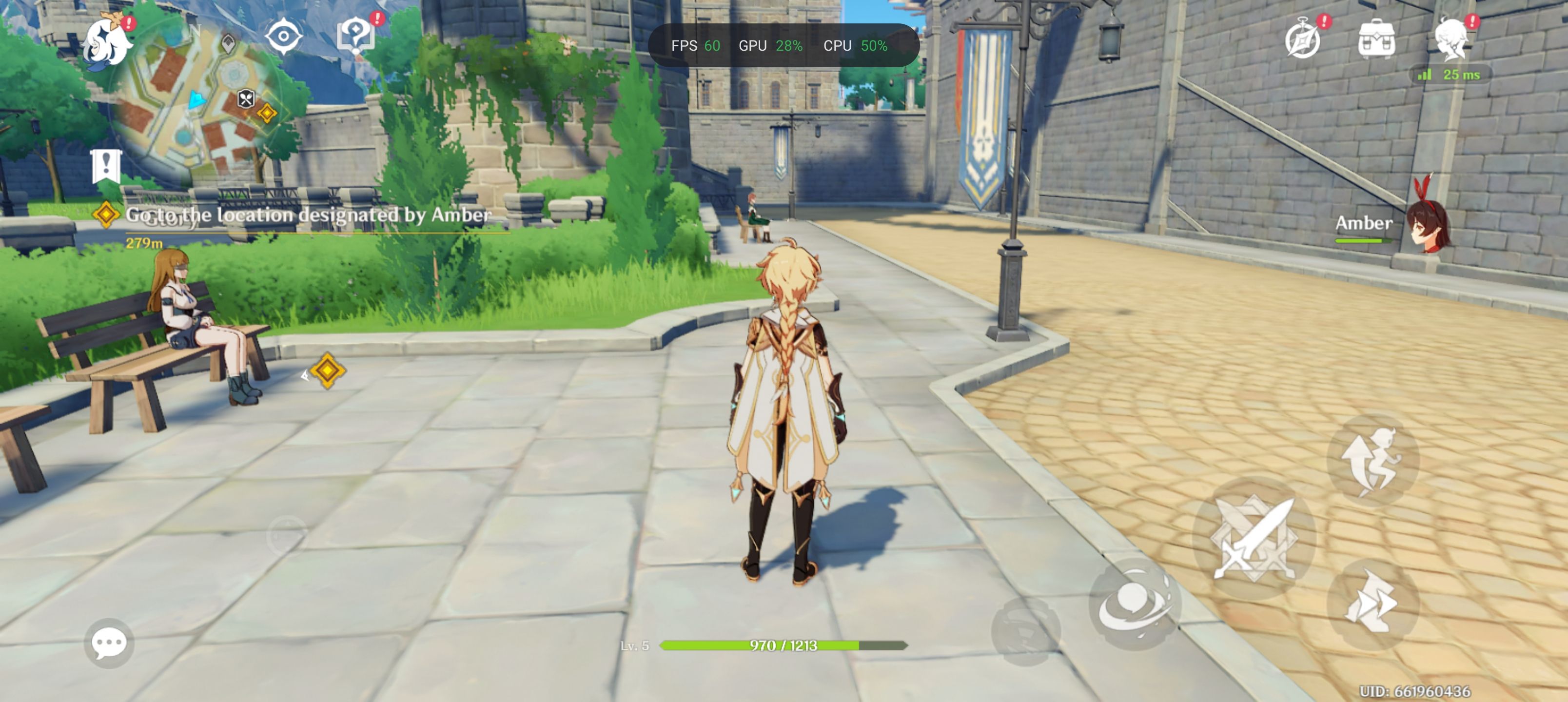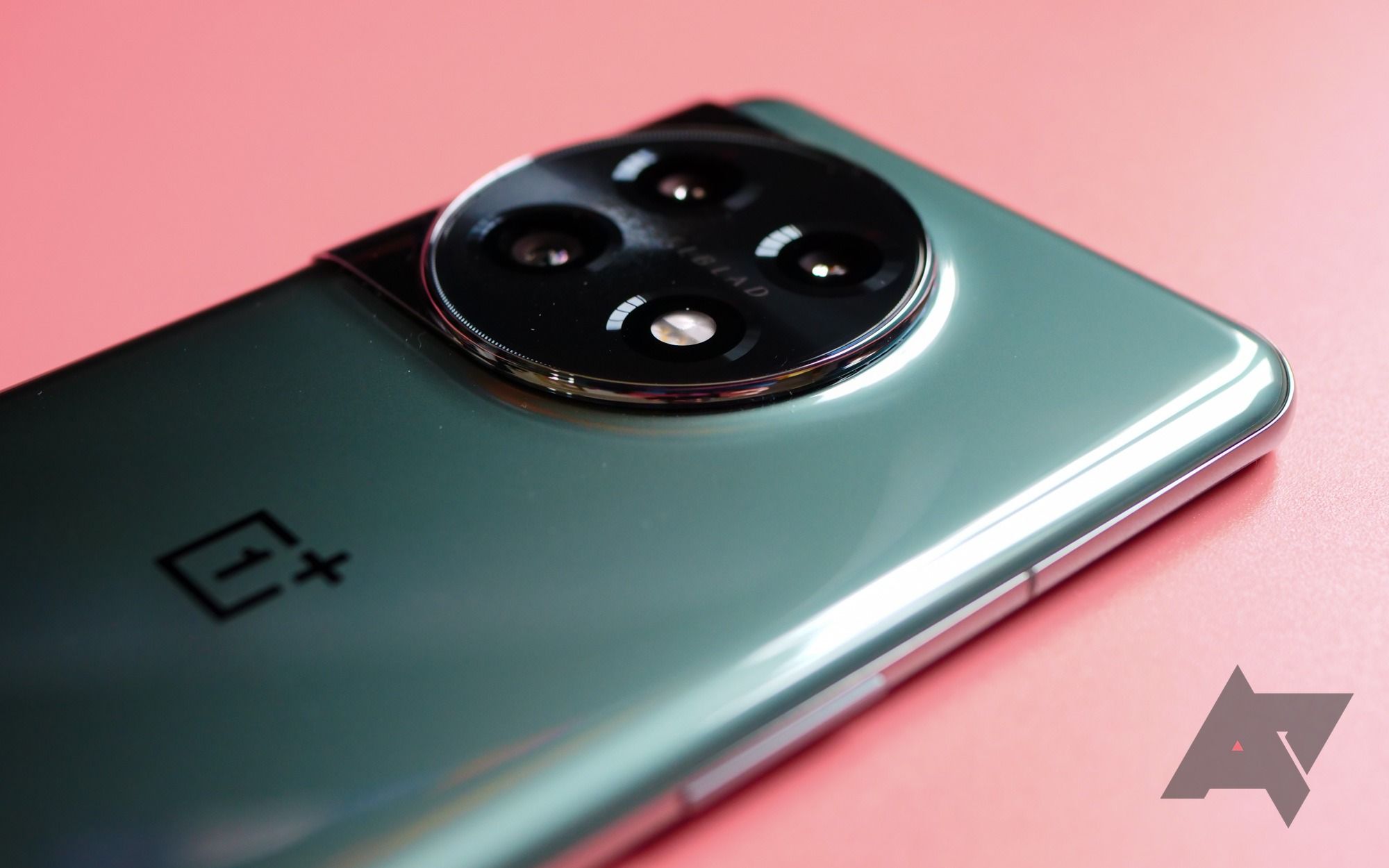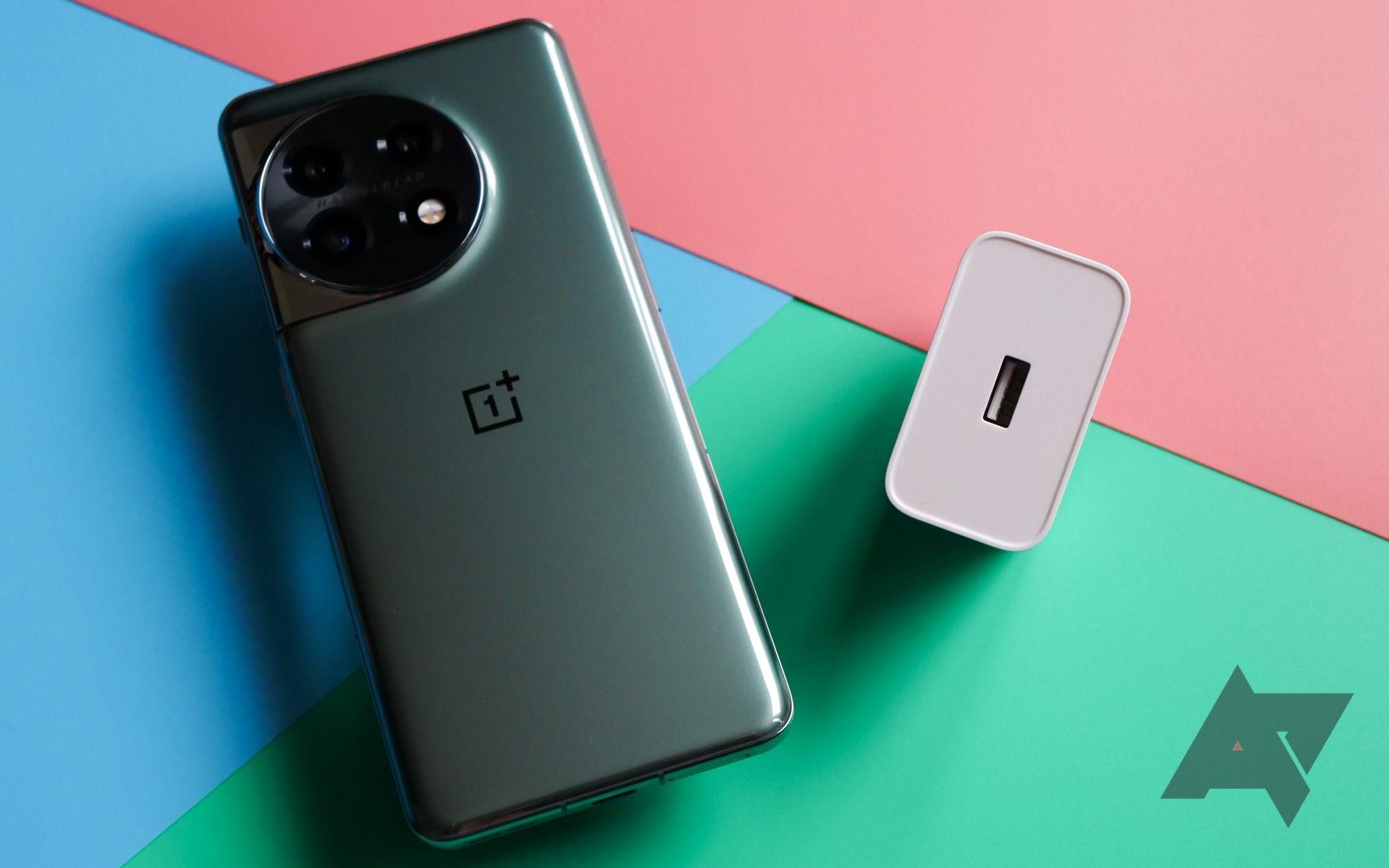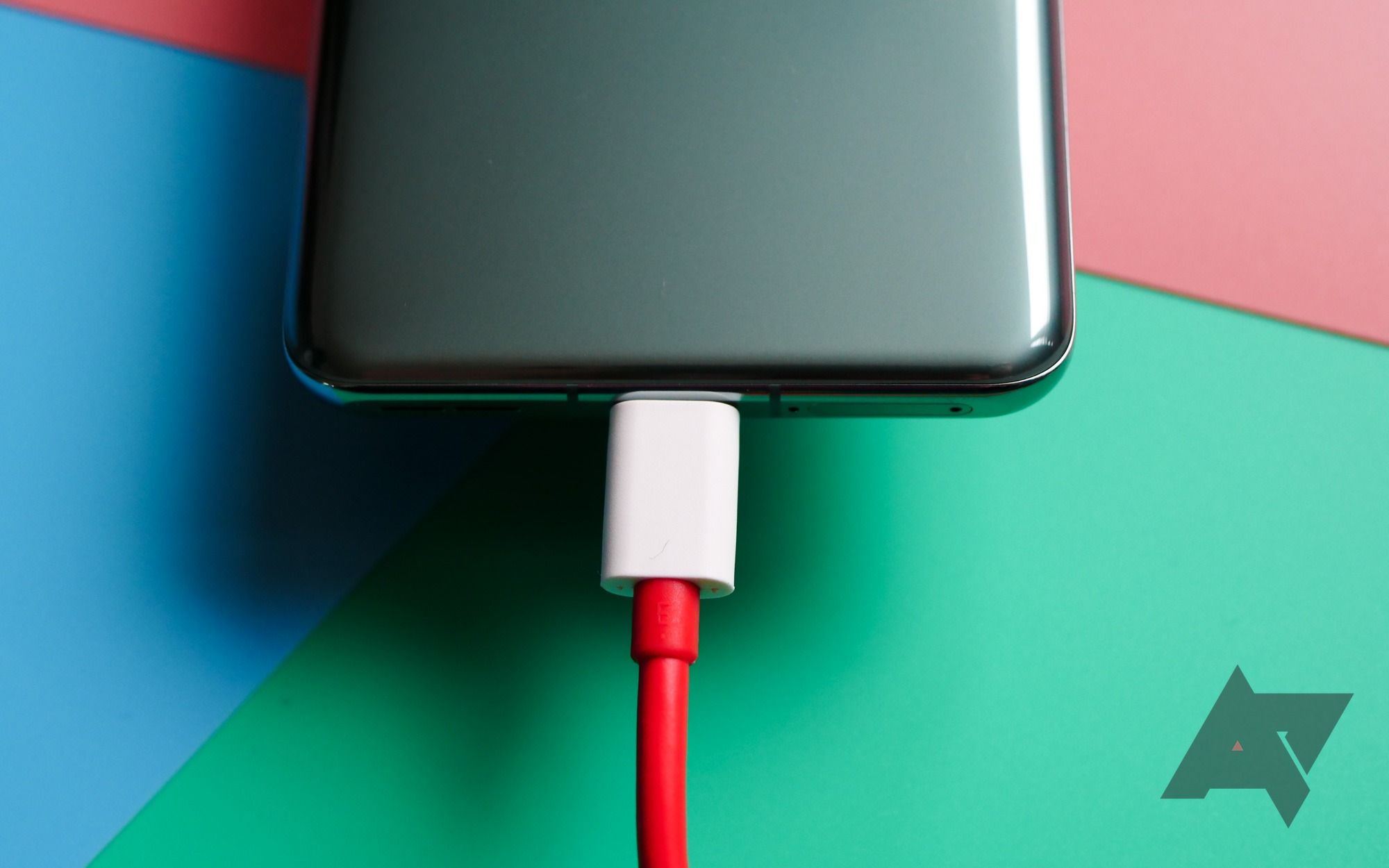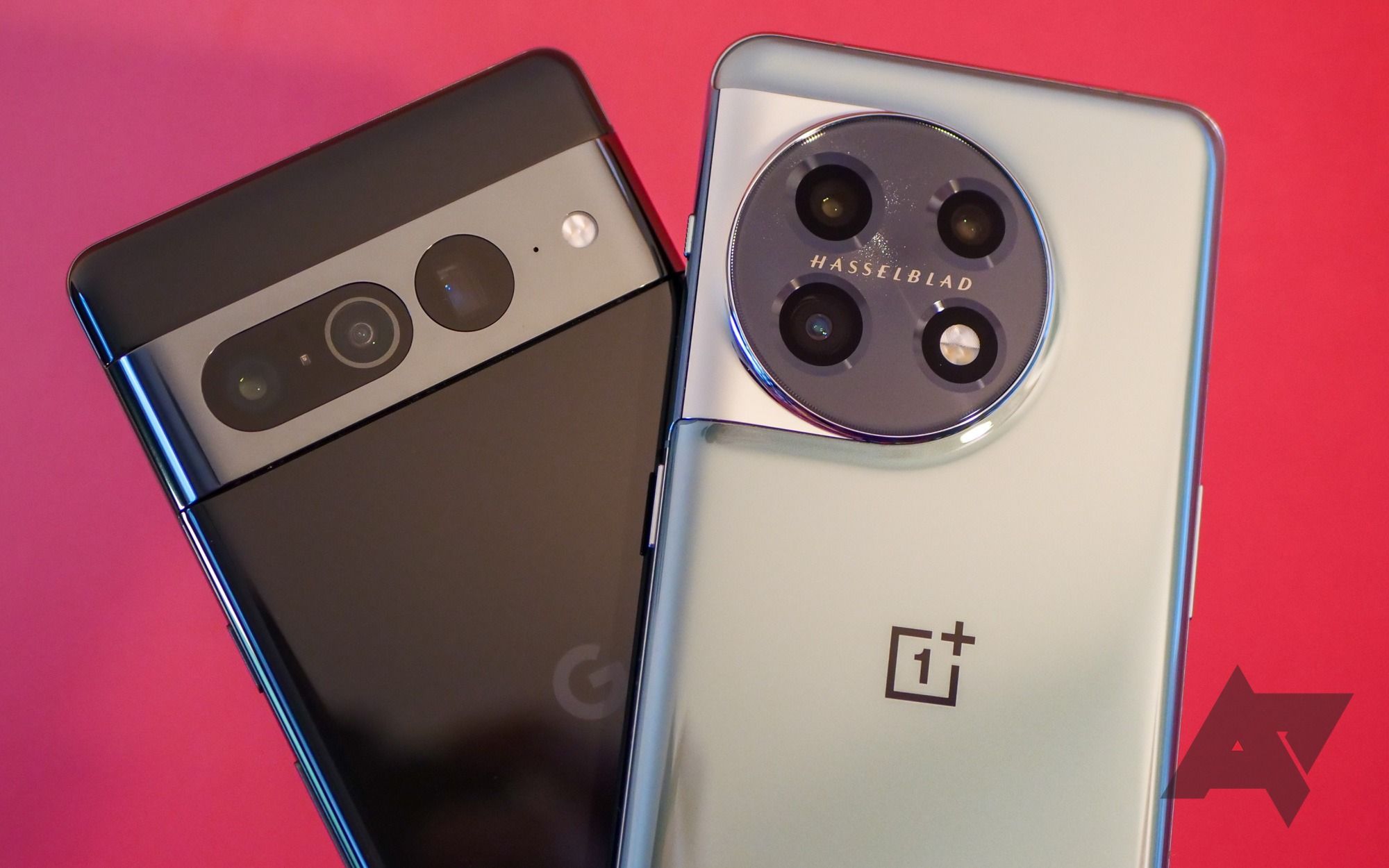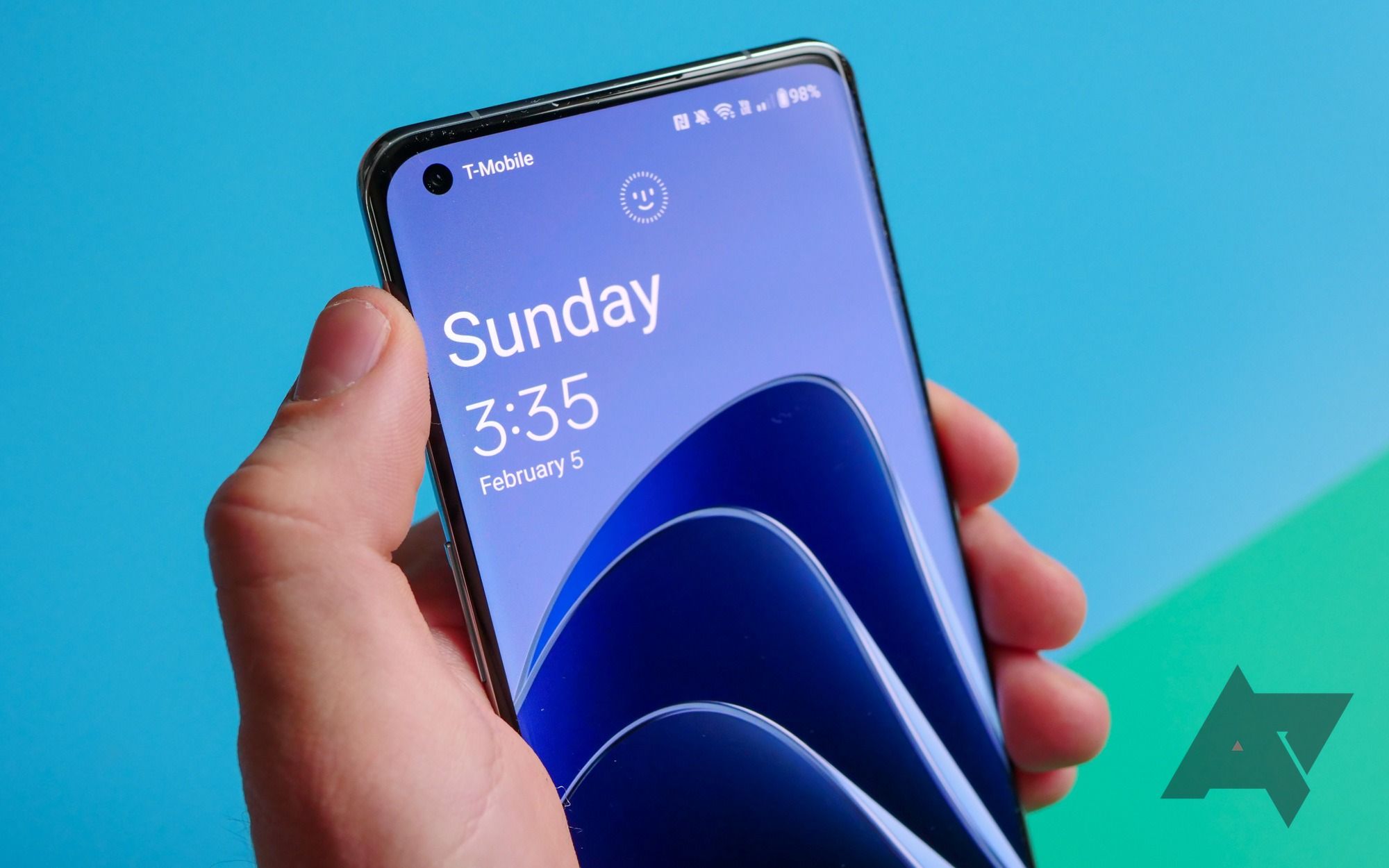For the past couple of years, it's seemed like OnePlus has been lost in the woods. After some incredible flagships that paired impressive specs with affordable pricing, the OnePlus 9 seemed to highlight the end of something special. With a controversial update to Android 12 and a botched merger with Oppo's ColorOS, the enthusiast-focused company many fell in love with seemed to be all but gone, something only cemented by the wildly overpriced OnePlus 10 Pro just one year ago.
But with last summer's OnePlus 10T, it seemed like the situation was slowly starting to get back on the right track. Although the software experience remained deeply flawed, a lower price paired with a handful of compromises made it easier to recommend as an alternative to the Pixel 6 series. The OnePlus 11 takes another step forward. For just $700, this phone is a flagship through and through, competing against phones that cost hundreds of dollars more without breaking too much of a sweat. Whether an easy-to-swallow price and an impressive specs sheet will convince fans to return is another question entirely.
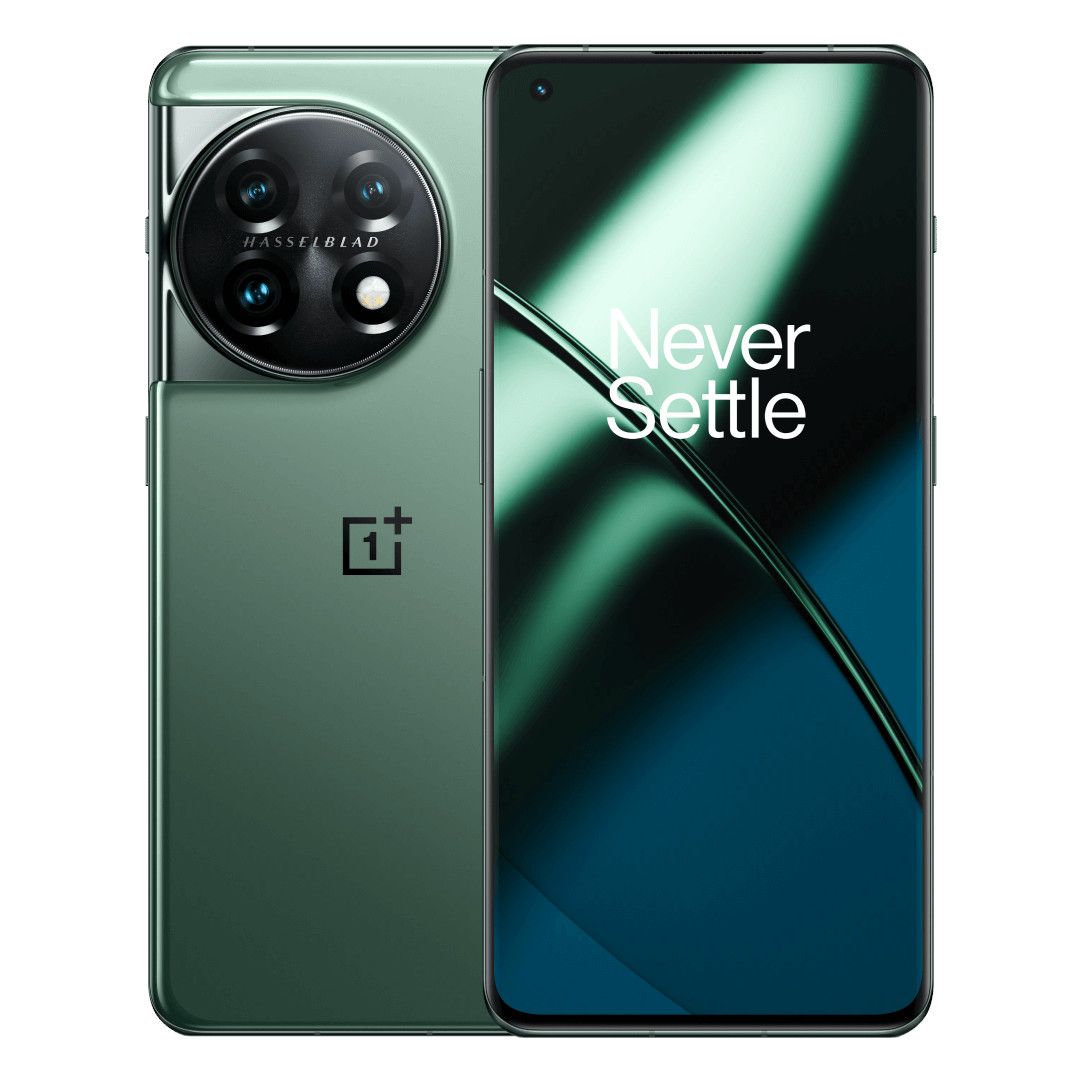
OnePlus 11
OnePlus returns to making compromises to achieve a palatable price point with its latest device, but in our eyes, it's nothing but worthy trade-offs. Despite a weak design and some software woes, this is a great option for any Android enthusiast looking for a device packed to the brim with flagship-tier specs without shelling out more than $1000 for the experience.
- SoC
- Qualcomm Snapdragon 8 Gen 2
- RAM
- 8GB or 16GB
- Storage
- 128GB or 256GB
- Battery
- 5,000mAh
- Operating System
- Android 14 with Oxygen OS 14
- Front camera
- 16MP, f/2.4
- Colors
- Titan Black, Emerald Green
- IP Rating
- IP64
- Price
- From $700
- Excellent specs, especially at this price
- Can produce some great images
- Two-day battery life, even with heavy use
- Ultra-fast charging changes how you power up your phone
- This design is simultaneously gaudy and boring
- Camera performance is inconsistent, and the 2x telephoto lens isn't worth much
- No wireless charging
- OxygenOS 13 remains a pretty mixed bag
Availability and network
OnePlus has made serious strides in making its phones easily accessible to all consumers since the company's earliest days, but this device marks a bit of a step back. For anyone buying unlocked, it’s nothing but good news. Starting at $700 for the 128GB model with 8GB of RAM, the OnePlus 11 is available through Best Buy, Amazon, and the company’s own website. There's also an optional RAM and storage upgrade to 256GB and 16GB for just $100 more. The phone is readily available now after a launch in early February 2023.
Unfortunately, there is one place where the OnePlus isn't sold: T-Mobile stores. Although the company has long had a close partnership with the Uncarrier, this particular device won’t be lining store shelves. It’s a bit of a setback for the brand, but it shouldn’t come as a surprise considering the current state of the mobile market. Recent reports suggest that while the Nord series continues to catch the eyes of T-Mobile subscribers, these flagship phones just aren’t succeeding in the same way.
The OnePlus 11 will continue to work on T-Mobile’s 5G network though, along with 5G support for Verizon and AT&T and any of their various MVNOs. It’s a shame to see the company’s latest smartphone no longer sold in any carrier store, but rest assured it won’t affect how an unlocked device works once it’s in your hands.
Design and display
If you've held either of the OnePlus flagships from 2022, you'll feel right at home with the OnePlus 11. It's clear the company has found a design language it feels comfortable with, emphasizing its large camera bump in a way that makes it the centerpiece of the entire phone. OnePlus has kept its grid of cameras around for another year, but the module around them is all new. The company claims it based the design on a black hole, which really just means it's a circle shape with a light-catching pattern hidden around the Hasselblad branding.
Personally, I don't love the look of the OnePlus 11. The camera bump is bound to win over some fans, but in my eyes, it's a swing and a miss, an absolutely gaudy choice for what is otherwise a fairly understated smartphone. OnePlus would be smart to take a note from Samsung on this — camera bumps are out, and siloed camera lenses are in.
In addition to the new shape, the camera bump sticks much farther out from the phone, which could cause issues with some external gamepads. I was able to squeeze the OnePlus 11 into a Razer Kishi, but it did take some finagling. If your smartphone has become your go-to way to play Vampire Survivors on the go, it's worth keeping this in mind.
I have the green variant of the OnePlus 11, which looks quite pretty for as long as it remains unsmudged, which, unfortunately, is about five minutes. The black model uses the same matte finish as its predecessor though, so if you're concerned about fingerprints or oil build-up, it's the color to get. Overall, it feels solid in the hand without being too heavy — no noticeable chassis flex, either — and that massive camera module does offer some leverage for balancing it on your finger when it sits in your palm.
Fingerprints are a real concern on the green model.
Along the edges of the phone, you'll find the usual suspects: microphones, a bottom-firing speaker (capable of some pretty great stereo sound when paired with the earpiece), the power button and volume rocker, and a SIM card tray. OnePlus also brought back the alert slider after its absence on the 10T last year, and frankly, I couldn't be more relieved. It's one of the company's best features, a quick toggle for your notification toggles that every Android phone should have.
A sight for sore eyes.
The front of the phone is, of course, adorned with a massive 6.7" 1440p display at 120Hz. As with most of the company's recent flagships, it's a curved screen, bending outwards into the frame to help reduce the phone's width. Although I found the OnePlus 11 a little more comfortable to hold than, say, the Google Pixel 7 Pro, I'd still rather see manufacturers shy away from curved displays in the future. The difference made in shrinking the phone is minimal at best, all while making the phone less ergonomic and creating some color distortion along the edges. Let's leave this trend in the past where it belongs.
The actual panel is great; bright and vivid enough for outdoor use, and crisp enough to make reading enjoyable once you change the phone's default resolution. As is standard for most flagships these days, OnePlus ships the phone in 1080p mode. Boosting the resolution to 1440p didn't seem to impact battery life, as you'll see further down in this review. Make it a priority to change after unboxing — your eyes will thank you.
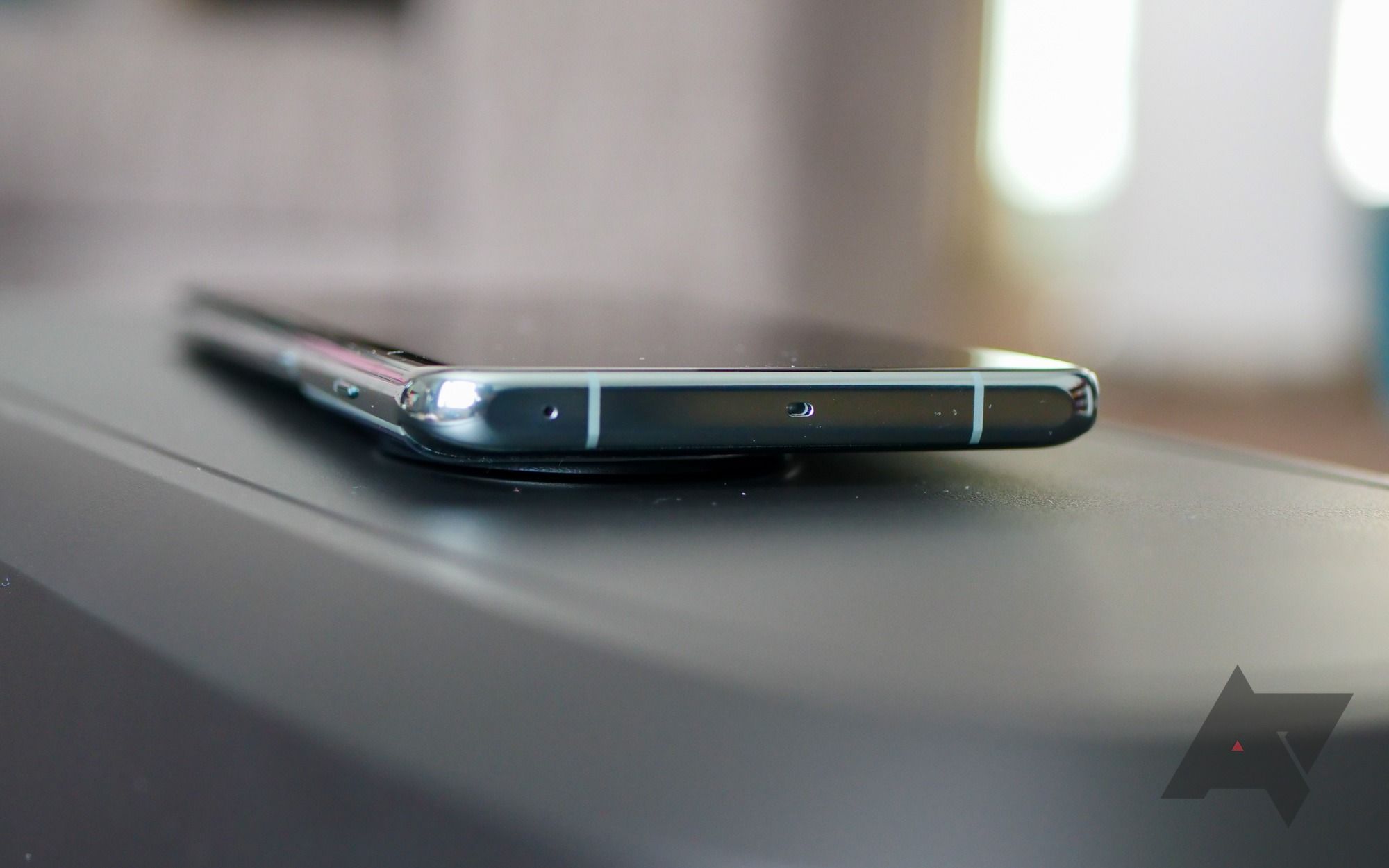

I did notice some weird glitches after enabling "Nature tone display," which tries to match the screen's color temperature to the lighting around you. On more than one occasion, I watched as the OnePlus 11's screen switched back and forth between warm and cool tones, unable to make sense of my environment. This wasn't an ever-present issue, but if you're sensitive to display problems, you might want to leave this setting disabled.
Other hardware and what's in the box
OnePlus includes two forms of biometric security here: an optical fingerprint sensor and face unlock. It's a similar setup to what's on the Pixel 7 Pro, but I think this combination bests Google's attempt. The fingerprint sensor is fast and accurate, though it doesn't actually feel any faster than the Pixel I'm coming from. It's surprising, considering how much attention Google's sensors have received over the last eighteen months.
Honestly, the fingerprint sensor wasn't needed all too often anyway — face unlock made sure of that. While OnePlus is still relying on the front-facing camera to match your identity, I'm impressed by just how fast it is. Occasionally, this speed can actually work against the phone, bypassing the lock screen when all you wanted to do was check the time. Overall, though, I'm glad it's here. It even works with biometric authentication outside the lock screen, like password managers and payment apps. While I have very little doubt there's a security trade-off to using it, I'm willing to overlook any potential risk for ease of access.
There are a couple of other things worth noting here, one good and one bad. First, OnePlus has reduced its water resistance here to just IP64. You'll want to be careful with this phone around water; it can survive a sudden splash from the hose while you're gardening this spring, but a dip in the pool is another story. As far as haptics go, while I'm not sure they measure up to the surprisingly enjoyable vibrations produced by the latest Pixels, they're pretty darn good here — certainly nothing to complain about.
In the box, you’ll find the phone itself — with a pre-installed plastic screen protector — a USB-A SuperVOOC charger and cable, a USB-A to USB-C adapter for transferring data from your old phone, a SIM card tool, and the usual allotment of paperwork.
Software and performance
There's been no shortage of noise surrounding the OnePlus software experience over the last several years, especially as parent company Oppo moved to exert more power over its subsidiary. OxygenOS is no longer the clean Android build it once was, but frankly, the latest version running on this particular phone is more than usable. OxygenOS 13 isn't quite as clean or refined as One UI 5 or Google's Android 13 Pixel experience, but for the most part, it stays out of the way.
The vast majority of the complaints former AP editor Ryne Hager laid out in last year's OnePlus 10 Pro review have either been fixed or didn't affect me during the last few weeks of use. For example, OxygenOS might still lack support for recognizing QR codes natively in its viewfinder, but a Lens shortcut makes it easy to open menus and other links. Google Assistant worked fine out of the box, as did my T-Mobile SIM card, and I found the customization options available through Android 13 more than satisfactory.
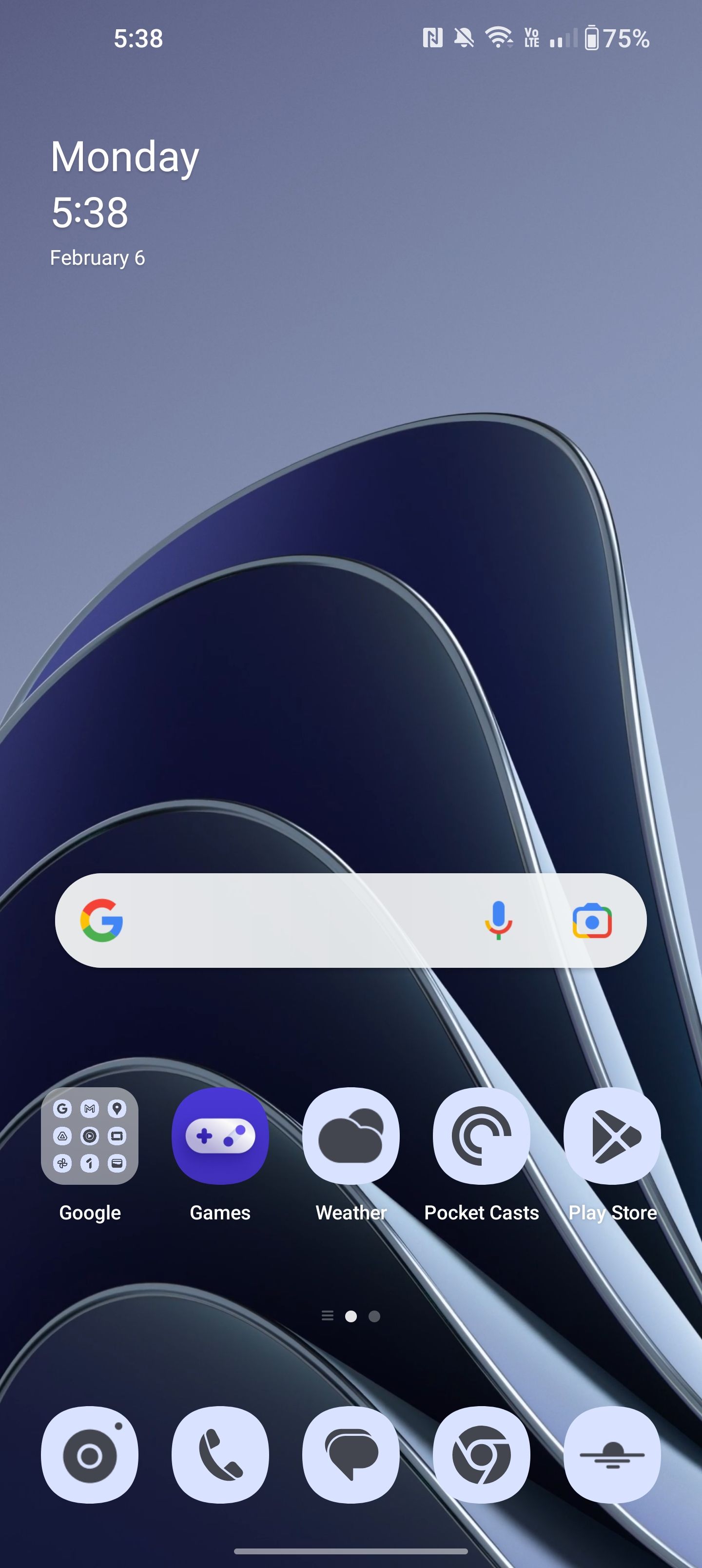
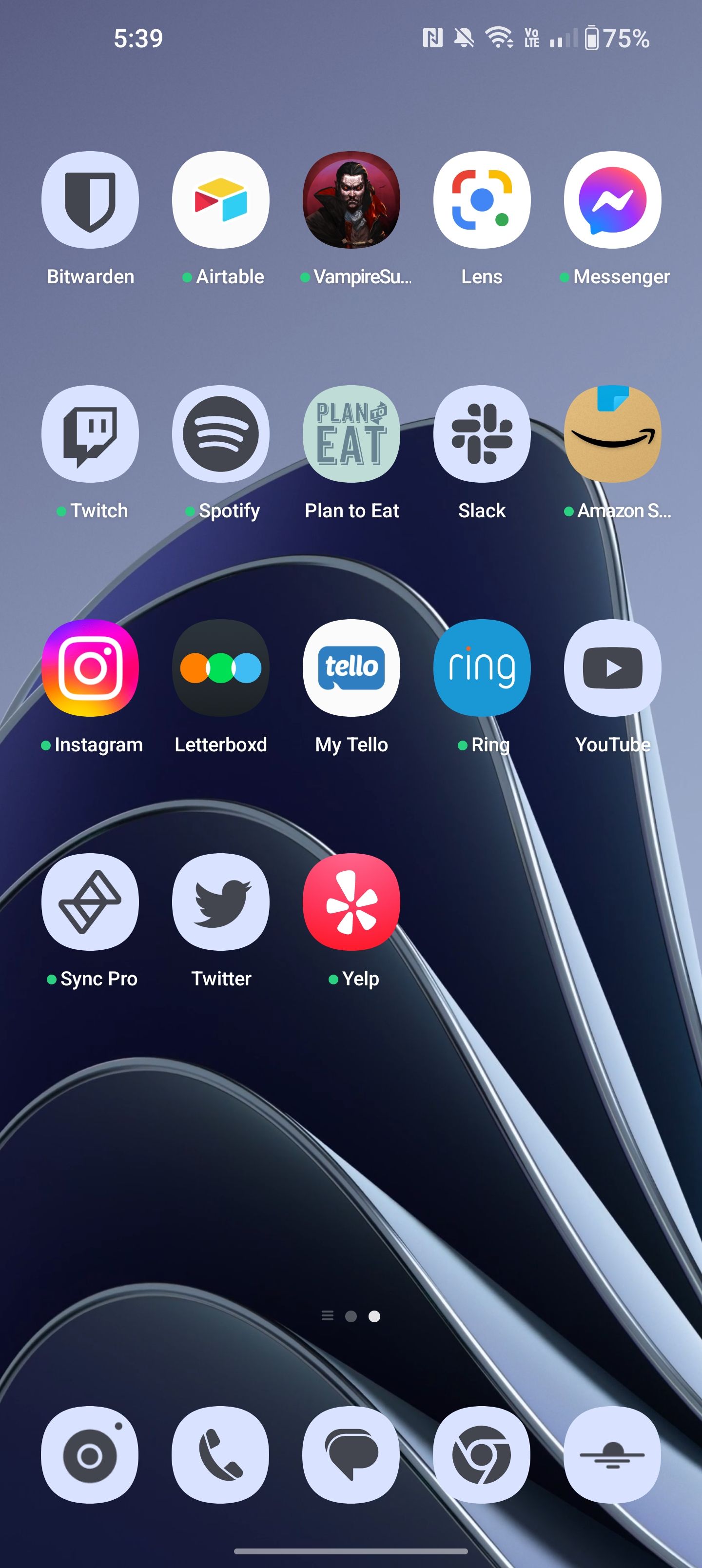
Please, OnePlus, give your Games app support for dynamic themes.
Even some of the more frustrating elements — such as the swipe-down shortcut to access Shelf, rather than the notification tray, or apps like Gmail and Instagram being locked to the multitasking menu by default — are easily disabled. It doesn't take much to land somewhere between One UI and Google's Pixel experience, and while I don't like it nearly as much as either of those, OxygenOS isn't the trainwreck it was just one year ago.
Obviously, there are plenty of tools and features on here aimed at an audience far outside the original OnePlus enthusiast community. Until I dismissed it after two weeks with the phone, the top of the settings menu prompted me, again and again, to set up my Omoji, a virtual avatar of my likeness that is clearly trying to adopt Apple's Memoji for a different community. Other options, including Smart Sidebar, Kid Space, and Simple Mode aren't made for me, but they're also all buried in a "Special features" menu near the bottom of settings, making it easy to ignore.


Left: The "Special features" menu. Right: Notes app tutorials in Chinese.
That said, I did see some occasional glitches, issues that I think the company can and should fix with some future updates. Language issues in apps like Notes, the settings menu crashing while adjusting preferences, and the gaming UI failing to disappear after I'd exited titles like Genshin Impact were just a handful of minor inconveniences I ran into during my time with the phone. That said, none of these were dealbreakers — just mild inconveniences.
Speaking of Genshin Impact, performance on the OnePlus 11 is as good as you'd expect. Although the company has seen its fair share of throttling controversies over the past few years, I've had no issues getting games running at their highest settings on the Snapdragon 8 Gen 2 powering this device. Genshin Impact is the perfect example; with settings set on high across the board, I saw near-steady 60FPS performance during my time with the game, with only the occasional dip down to 58FPS or so. The phone did get warm to the touch, though this was the only time I actually felt it heat up in my hands. And even after a few hours of running Genshin, I hadn't managed to kill the device — but more on that below.
OnePlus has one more major advantage on its side as it rolls into 2023: a new and improved upgrade policy. Starting with this phone, the company plans to support select devices with four major OS launches and five years of security patches. It’s not perfect — users will still have to deal with bi-monthly patches, rather than getting an on-time update once every few weeks — but it’s a huge step in the right direction. It also trumps Google’s own policy for Pixels at the moment, meaning the OnePlus 11 is guaranteed to see Android 17 in 2026; the Pixel 7 series is only guaranteed up to Android 16.
Camera
After a run of middling cameras throughout the 2010s, it still feels easy to leave OnePlus out of the conversation. While Google, Samsung, and Apple manage to attract much of the attention these days, I think there's something to be said about this company's photo skills, especially with the main lens. Once again, OnePlus is utilizing three lenses paired with Hasselblad-branded color tuning, and for the most part, it's pretty easy to get some solid shots out of this phone.







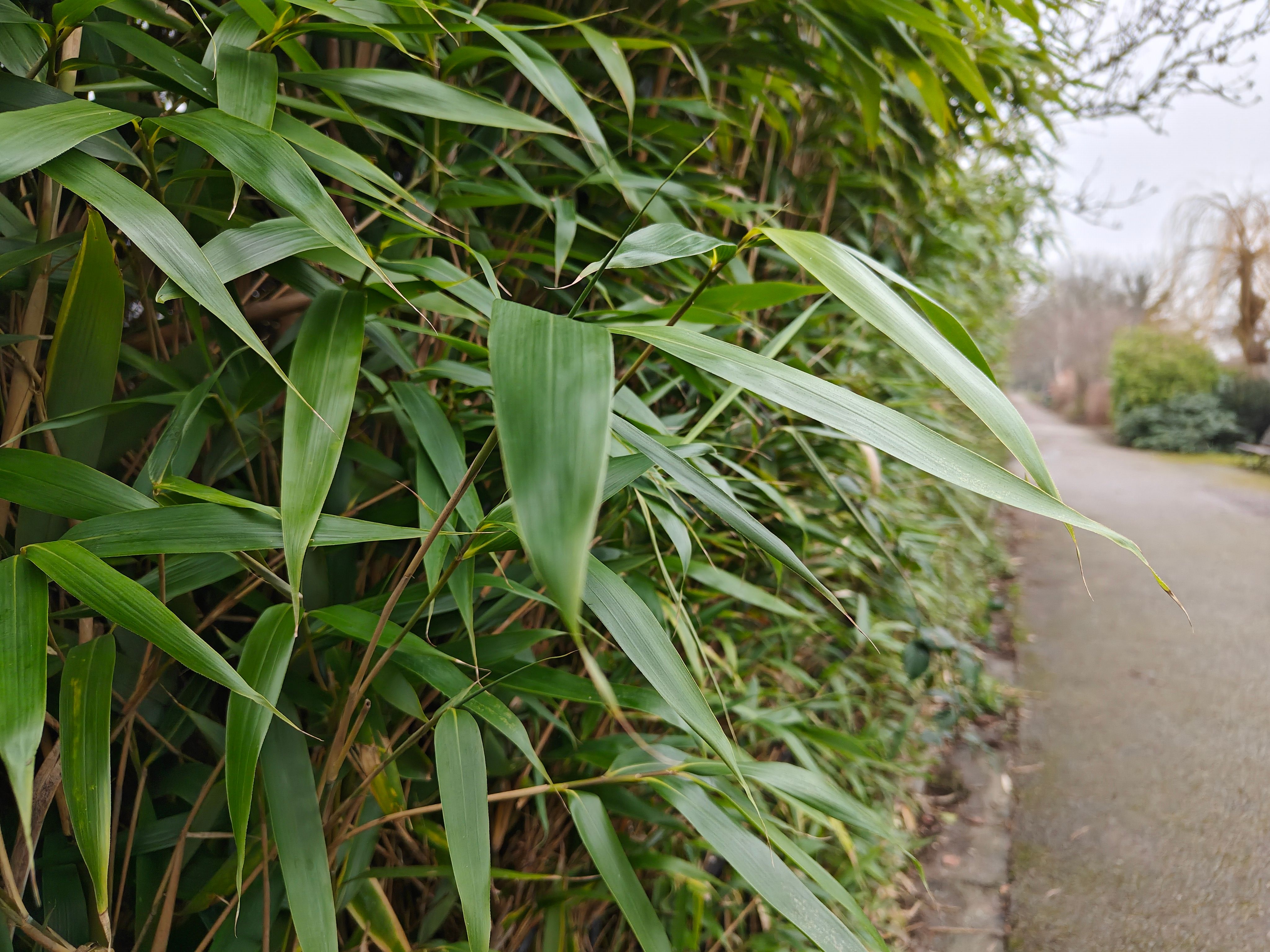

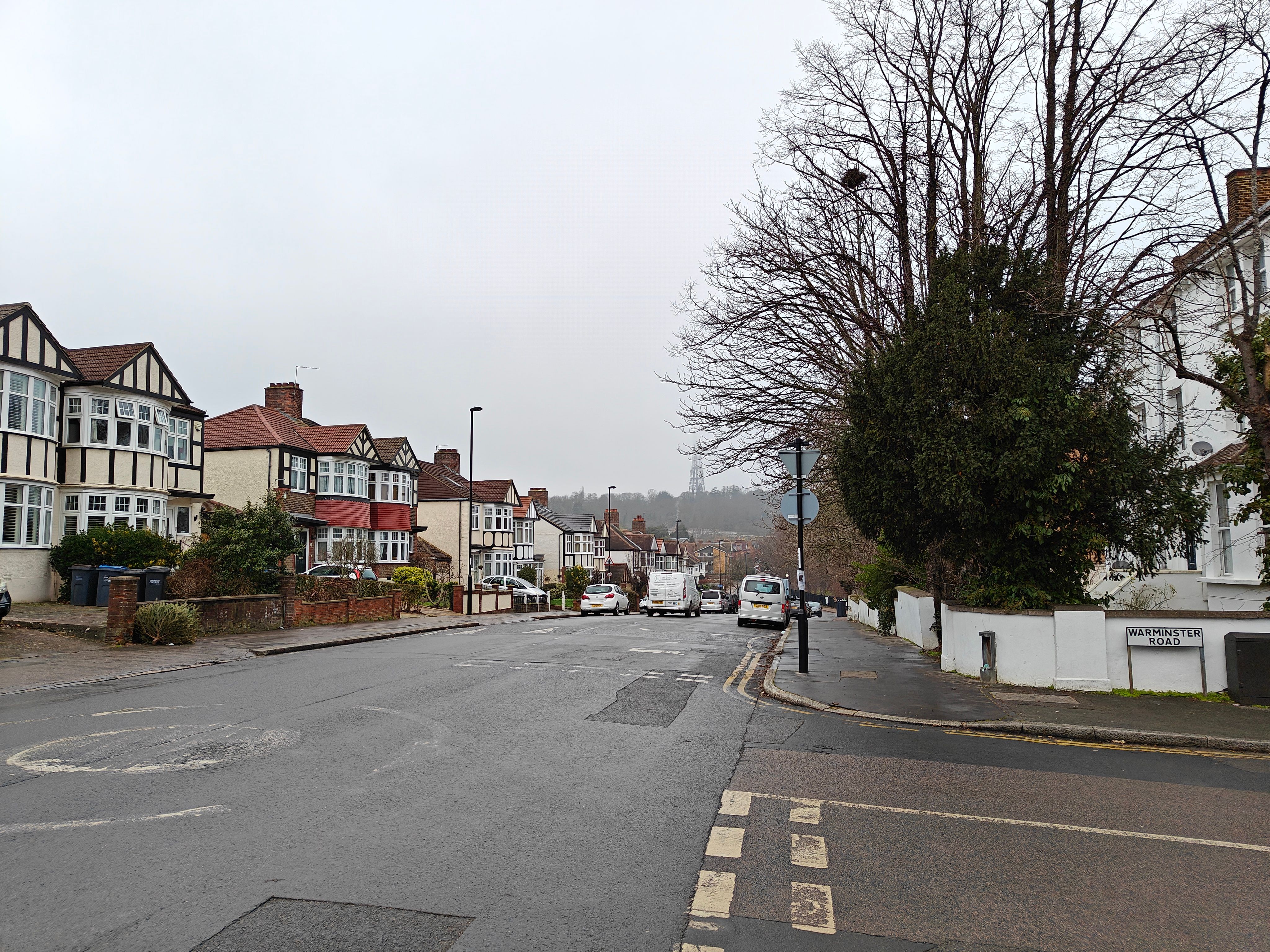


The primary sensor should sound familiar to any 10T owner. Although OnePlus has moved to an IMX890 sensor, it's still a 50MP f/1.8 lens that bins down to 12.6MP. Left in auto mode, it's a perfectly acceptable shooter in most situations, including in relatively low-light scenes. Daytime shots did occasionally look just a touch overexposed or, in some cases, washed out compared to the actual scene, but overall, I preferred it to the oversaturated style some cameras — ahem, Apple — currently output. Overall, I still think I prefer the Pixel 7's computational photography skills over the OnePlus 11, but in well-lit scenes, it comes down purely to aesthetic taste.
That said, I did manage to capture one of my absolute favorite shots of my cat ever with this phone, which, truthfully, isn't something I expected to say when I first unboxed it. Don't let the warmth of this image fool you — it's relatively accurate to the lighting in my living room and, I think, captures some excellent detail without looking oversharpened.

Big fan of this shot.
You'll still need to manually enable Night mode in the camera app to properly shoot low-light scenes, though it's not always necessary to get a good shot. Walking around San Francisco for the first time at night delivered a hit-or-miss experience when shooting in standard mode. Depending on the amount of ambient light present, you can get a relatively clear photo with plenty of detail with a steady hand. Unfortunately, my caffeine addiction all but ensures some shakiness, which left more than a few of my night shoots unusable.





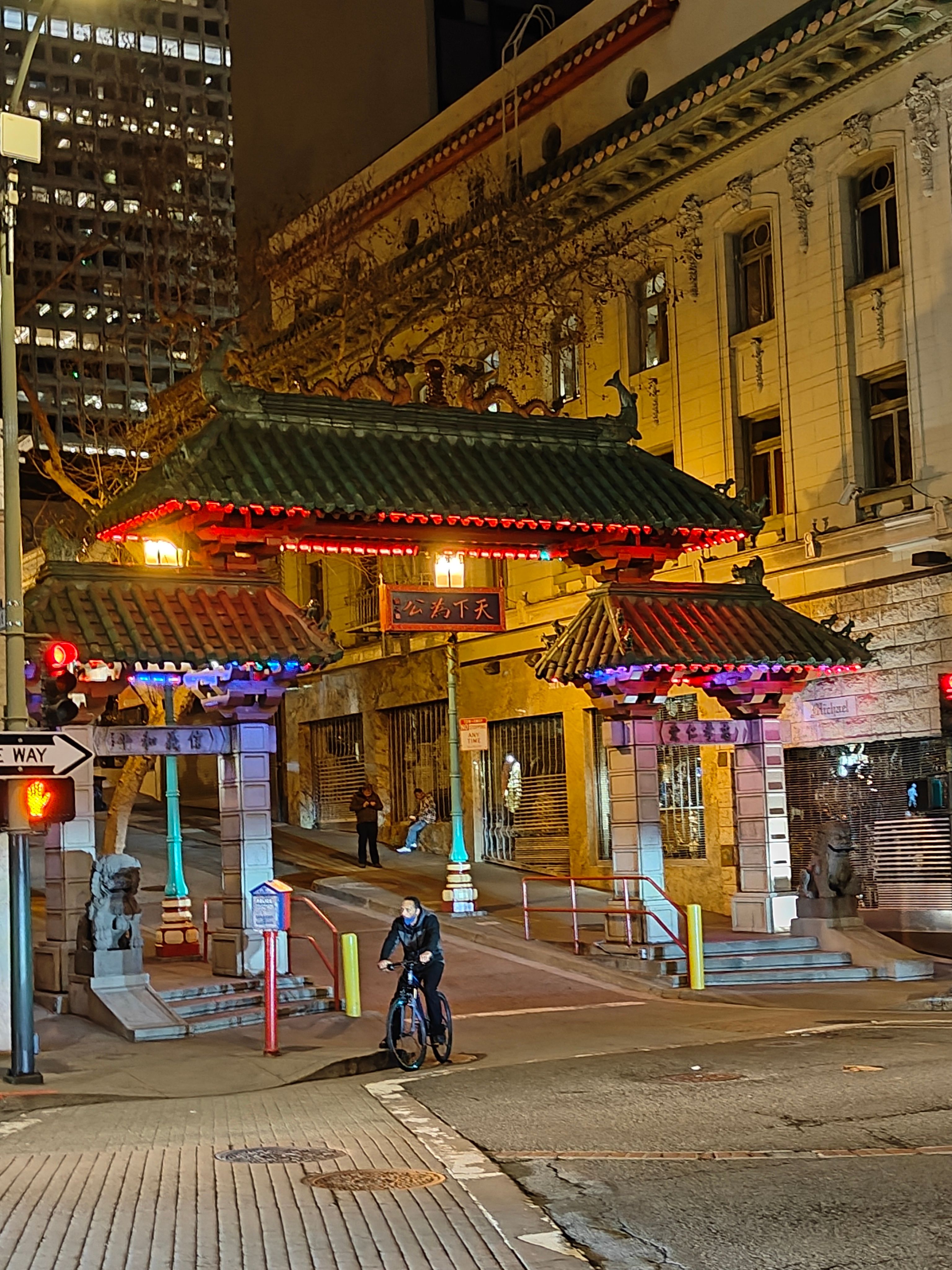


The camera also occasionally struggled to properly expose an entire scene, either blowing out bright lights to capture darker elements or properly capturing neon signs while shrouding the rest of the scene in darkness. If you have the time, activating night mode does seem to deliver improved shots, but I'd like to see OnePlus properly integrate this mode as an automatic trigger in the future.


Unlike the 5x and 10x telephoto lenses Google and Samsung have equipped on some of their latest phones, the OnePlus 11 sticks with a 32MP lens with a 2x optical zoom. While you can certainly rely on it to get a closer look at far away objects, the company's marketing makes it clear that this particular sensor is designed to sync with portrait mode, delivering the look and style of shooting with a DSLR lens.
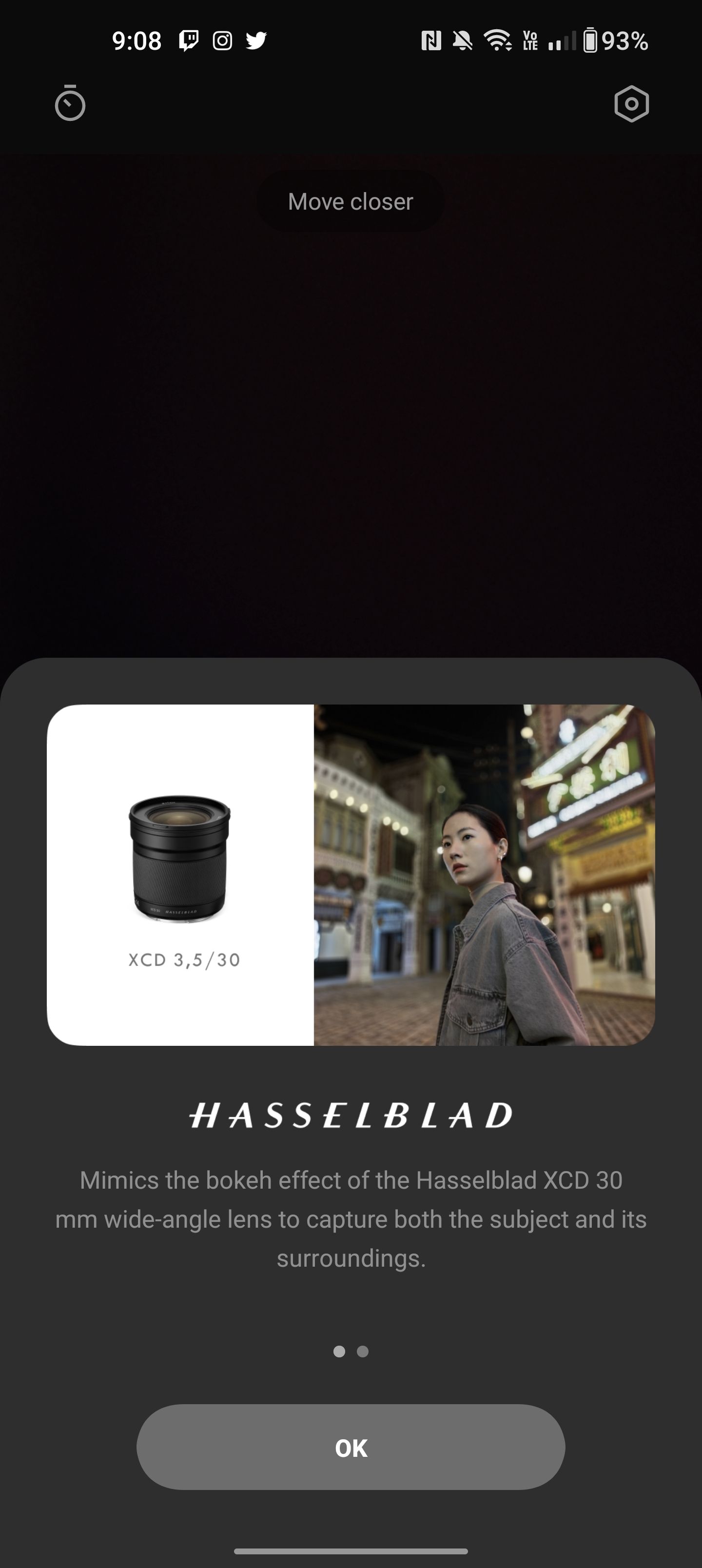
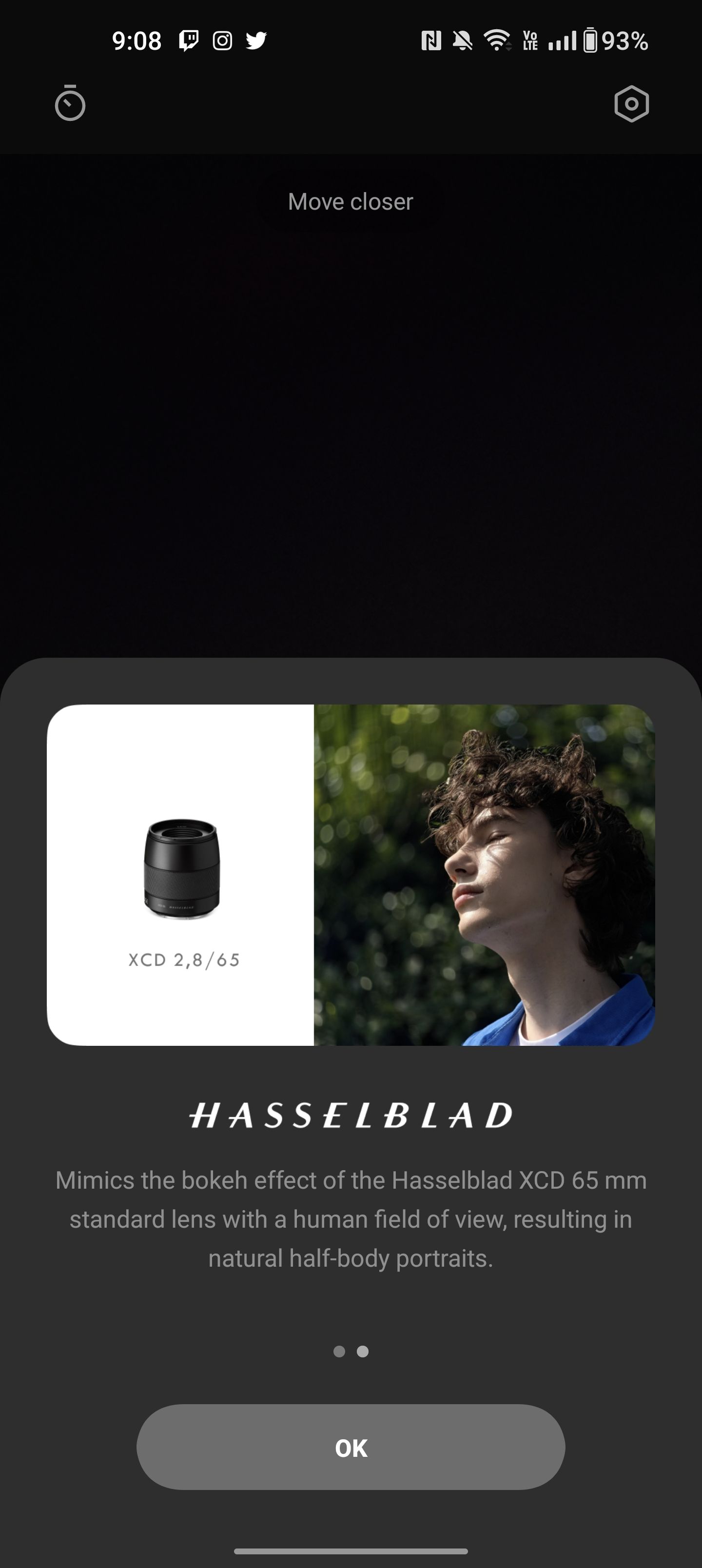
I didn't notice much of a difference in backgrounds with portrait mode set to 1x, but at 2x, the telephoto lens definitely featured a blurrier backdrop. Frankly, it's a bit of a gimmick to me, but with enough patience and some specific lighting conditions, it could be a fun way to capture impressive shots of your friends.




From left to right: 2x, 5x, 10x, 20x.
That 2x optical zoom does mean you'll be relying on digital zoom to get closer to objects in the frame, and frankly, it's just not good enough to compete with the hardware provided by Google and Samsung. In decent light, you can pull off an adequate shot at 5x zoom, but anything farther starts to look like a blurry mess. Considering the Pixel 7 Pro currently supports an impressive 30x digital zoom — to say nothing about the S23 Ultra's 100x option — it's certainly lacking, and that's before you account for the missing OIS here. Ultimately, it's not much more than a gimmick.




Wide lens vs. ultra-wide lens.
As far as the ultra-wide lens, it's a usable method for fitting more of your scene into the frame, though I'm not the biggest fan of how these images turned out. Distortion of nearby objects was quite common, and I found the color temperature much cooler than with the standard lens. The OnePlus 11 also lets you capture macro images with this lens, but in most cases, the output looks blurry and washed out.




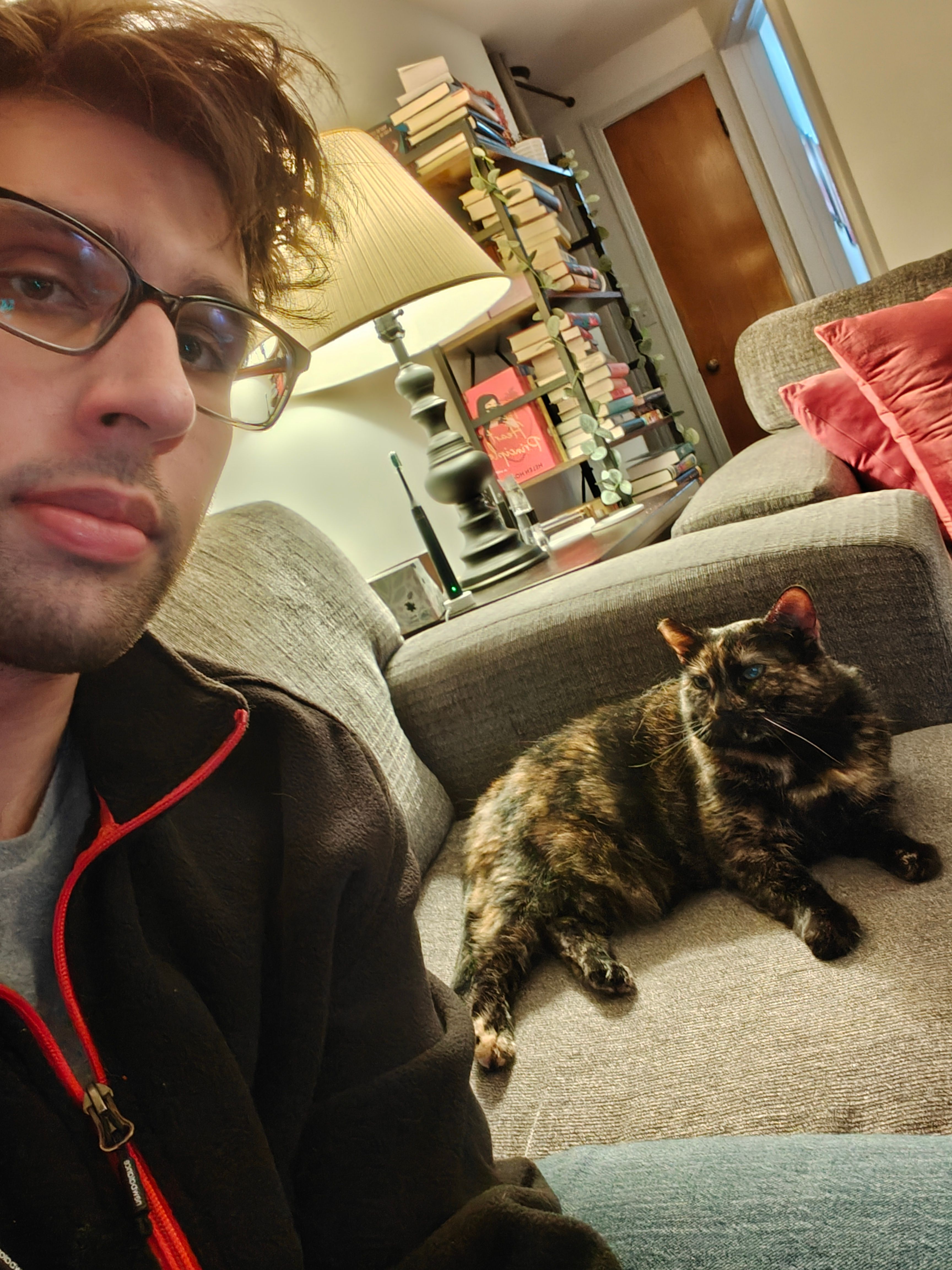
Macro samples, along with an ultra-wide shot with some pretty bad warping around the lamp and a selfie sample.
Video quality is acceptable, if not outright impressive. Even with steady mode disabled, OnePlus managed to keep their video smooth and shake-free when recording in up to 4K, but my footage looked rough around the edges in 8K, with some odd jutter capable of inducing motion sickness if you stared just a little too long. Quality-wise, my recordings were a bit too noisy for my tastes in all but the brightest of lighting conditions, but if you aren't picky, it'll get the job done.
The front-facing camera is fine, but I don't have much else to say about it. It'll get the job done for selfies or the occasional mobile video call, but snapping something for Instagram usually turned out blurry on the first couple of tries. You also can't adjust your field-of-view to include more people in a group shot.
Battery life
OnePlus has returned to using a 5,000mAh battery, similar to the one used in last spring's flagship. Combined with the improved efficiency from the Snapdragon 8 Gen 2 powering this device, it should come as no surprise this thing is a long-lasting champ.
With regular use, the OnePlus 11 is a two-day smartphone, no question about it. After unplugging the phone first thing in the morning, I ended the day with just under 50 percent remaining; it dropped just three percent overnight. I finally plugged it back in at 10:30pm on day two, after it hit six percent. That's with the device set to 1440p and without utilizing any of the included battery-saver modes — not too shabby.
The USB-A charger is an odd inclusion, even if it's not necessarily "bad."
OnePlus’s 80W rapid charging comes in clutch here as well. The company claims a full charge takes just over 30 minutes, a rating I found accurate in my testing. At the 30-minute mark, I'd hit 95 percent; three minutes later, my phone was finished charging. Combined with that excellent battery life, this is no longer a device you plug in at the end of a long day. Being able to transition to a “top-up-when-needed” lifestyle is completely revolutionizing, and not just for your standard schedule. Depending on how you use your phone, leaving your charger at home on quick overnight trips is totally a possibility. At the very least, battery bricks can become a thing of the past.
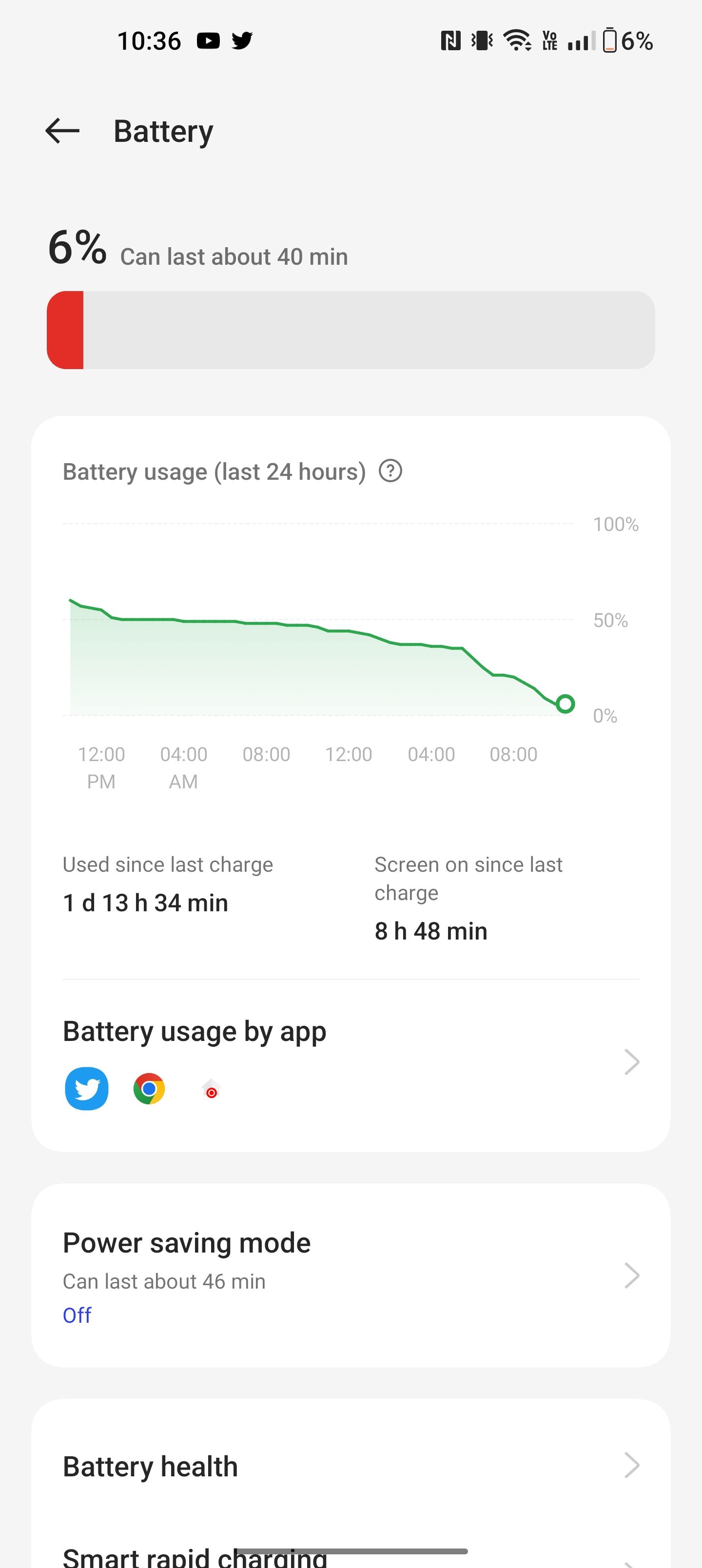
Speaking of traveling, let’s talk about the latest SuperVOOC brick. OnePlus is one of the last Android manufacturers to keep the charger in the box, and it’s much appreciated. While this year’s brick is a small step down from what shipped with the 10T last year, it’s hard to complain much about speeds this fast. What’s more notable is the switch back to USB-A to USB-C cables, rather than the now-standard USB-C to USB-C options preferred by most manufacturers.
The company says this is a fan-focused swap, as its customers prefer USB-A cables thanks to the ubiquity of these ports when traveling. I can’t say I’ve had to rely on these ports all too often, but until USB-C becomes more commonplace in hotels and on planes, I definitely understand the argument.
What may prove more controversial, however, is the decision to remove wireless charging completely from this generation, following in the footsteps of last year's budget-minded 10T. It's hard to see this as anything other than a cost-cutting measure, although the company claims it's simply unnecessary thanks to that combination of long-lasting battery and 80W charging. As much as I'm inclined to side with fans who may be upset over the loss of 50W wireless charging, I can't say I missed it here. That said, if you’ve already adorned your house with wireless charging pads, this may not be the phone for you.
It's worth noting that, outside of the US, the OnePlus 11 does feature even faster 100W fast charging, allowing for the battery to be fully charged in as little as 25 minutes. One of my colleagues based in Europe can confirm the feature works as intended. It's a shame that this isn't available stateside, but it's not a restriction I felt impacted my use of the phone.
Competition
OnePlus is chasing after the enthusiast market with this device, which means it faces two major competitors: the Google Pixel 7 Pro and Samsung's entire Galaxy S23 lineup Both phones are more expensive than the OnePlus 11’s most powerful configuration, though, which could give the company an edge as it moves back to selling outside of the carrier ecosystem.
In terms of pricing, the Pixel 7 Pro is the closest equivalent. It’s Google’s most powerful smartphone to date and our favorite smartphone of 2022 thanks in part to its excellent software experience and that unbeatable camera array. Unfortunately for OnePlus, this particular model doesn’t come close to topping either of these aspects, with a small exception made for that upgrade policy.
But if you care about raw performance above all else, the OnePlus 11 might be the better device. Its top-tier model includes 16GB of RAM and 256GB of storage, all while undercutting the entry-level Pixel 7 Pro by $200. Meanwhile, the Snapdragon 8 Gen 2 puts the Tensor G2 chip to shame in all categories outside of Google’s own AI features, a trade-off plenty of shoppers are bound to find worthwhile.
If we had to pick one of Samsung's smartphones to compare this device to, we'd choose the Galaxy S23+. The overall size and shape between these two phones are far closer than if you put it head to head with the S23 Ultra, and the prices aren't a complete world apart. While Samsung's phone is an impressive — if boring — upgrade, it competes against the OnePlus 11 in most ways. We'd argue One UI is far more manageable than OxygenOS, and monthly software patches are a big improvement over a bi-monthly schedule. It even utilizes a faster exclusive variant of Qualcomm's Snapdragon 8 Gen 2 chipset.
That said, the Galaxy S23+ falls short in some key ways. With a smaller, lower-resolution display and less RAM, Samsung's efforts might not win over those obsessed with specs sheets, and that's before you consider the price. At $700, the OnePlus 11 is a steal compared to its rival, and even in its most expensive configuration still manages to keep money in your wallet.
Should you buy it?
The OnePlus 11 isn’t a perfect device, but it’s another big step in the right direction for the company. One year ago, we saw the OnePlus 10 Pro as a device destined to fail to find an audience outside a specific niche, thanks in part to a poor software experience and a sky-high price that went against what fans love about the company. If the 10T served as a course correction, an impressive phone that nonetheless wasn’t as premium as some of its competitors, this is the model that finally puts the company back on track.
Really, it’s all about price. Starting at $700, the OnePlus 11 is only $50 more than the company’s most recent T-series phone, and it comes with some big improvements. Although the design alternates between boring and gaudy, it's perfectly serviceable, and the camera can capture some impressive shots without too much effort. A great display, incredible performance, and some of the best battery life I've ever seen on a phone helps make this one of the best OnePlus devices in recent years. Although it feels unlikely, if OxygenOS can get some much-needed attention when Android 14 arrives later this year, don't be surprised if some fans start declaring the company's on a comeback run.

OnePlus 11
Although the design won't be for everyone, the OnePlus 11 is the company's best phone in years. It combines excellent specs, incredible battery life, and a competent camera system, all for just $700. While some enthusiasts might miss out on the fast wireless charging from last year's OnePlus 10 Pro — and OxygenOS 13 remains a shell of its former self — this is a big step in the right direction for the company.


